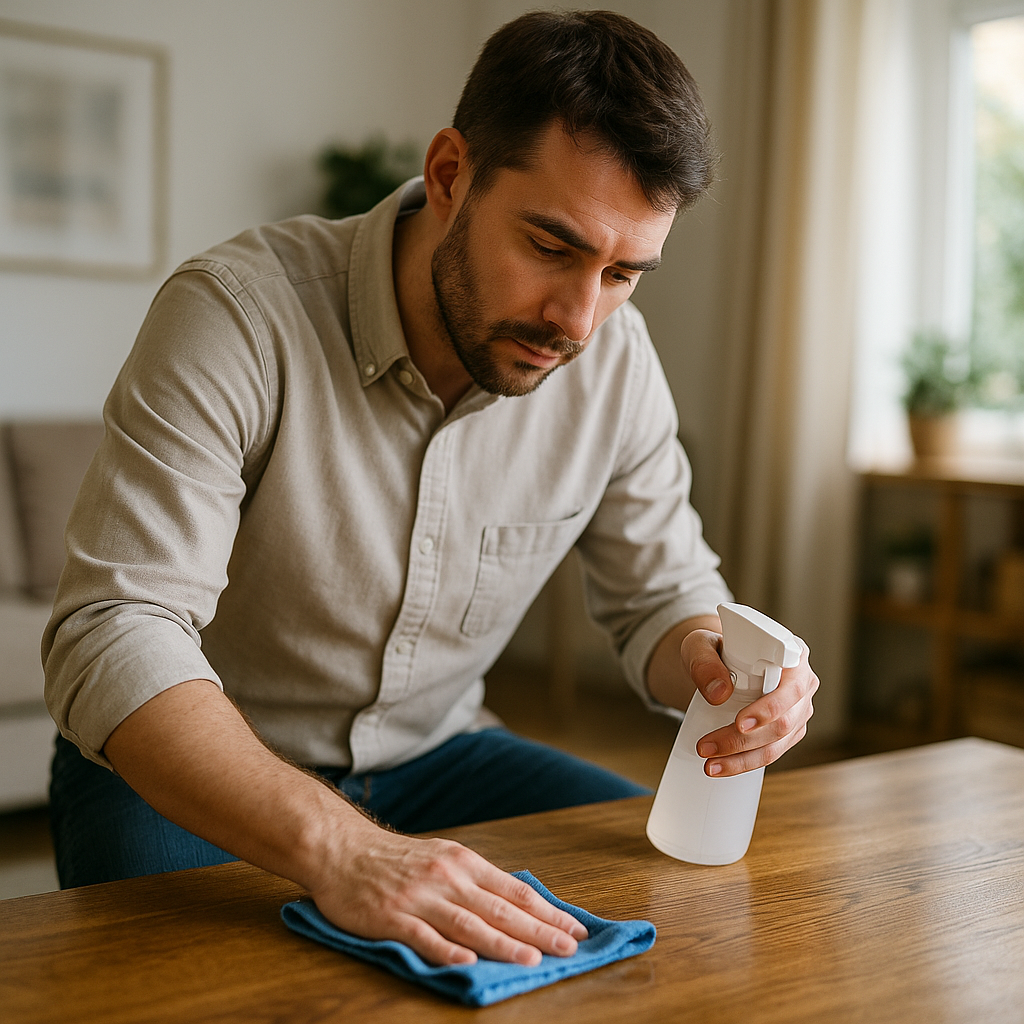Wooden furniture is a timeless addition to any home, offering warmth, character, and durability. However, without proper care, it can lose its luster, develop scratches, or even warp over time. The good news is that with consistent maintenance, your wooden pieces can remain beautiful and functional for decades. Preserving wood requires a balance between cleaning, protecting, and conditioning, along with a few preventive measures to avoid damage in the first place.
Understand Your Wood Type and Finish
Before you begin any maintenance routine, it’s essential to know the type of wood and finish your furniture has. Different woods—such as oak, walnut, pine, or mahogany—have varying hardness levels and grain patterns. The finish, whether it’s varnish, lacquer, shellac, or oil, also affects how you should clean and protect the surface. Check the manufacturer’s instructions or consult a furniture specialist to ensure you’re using the right products for your piece.
Regular Dusting is Key
Dust may seem harmless, but over time, it can create micro-scratches on wood surfaces. Use a soft, lint-free cloth—such as microfiber—to dust furniture weekly. Avoid feather dusters, which can scatter dust into the air rather than capturing it. For carved or intricate details, use a soft brush to remove dust from crevices.
Use the Right Cleaning Methods
For routine cleaning, lightly dampen a soft cloth with water or a wood-specific cleaner. Never soak the wood, as excess moisture can cause swelling and warping. Wipe in the direction of the grain, and immediately follow with a dry cloth to remove any remaining moisture. Avoid all-purpose cleaners or harsh chemicals, as they can strip the finish and dull the surface.
Protect Against Heat and Sunlight
Heat and direct sunlight can damage wooden furniture over time. Place pieces away from radiators, fireplaces, or vents, and use coasters or heat-resistant mats under hot dishes or mugs. Prolonged sunlight exposure can fade or discolor the wood, so position furniture away from direct sun or use curtains and blinds to limit exposure.
Prevent Water Rings and Stains
Always use coasters for glasses and mugs, and placemats for plates and serving dishes. Water rings form when condensation seeps into the wood’s finish, leaving a cloudy spot. If a water ring does occur, gently rub the area with a mixture of equal parts baking soda and water or a small amount of non-gel toothpaste, then wipe clean and dry.
Polish Periodically
Polishing wooden furniture restores shine and adds a protective layer. Use a high-quality furniture polish that’s compatible with your finish, and avoid silicone-based products, which can build up over time. Polish sparingly—once every two to three months is usually enough. Over-polishing can create a sticky residue that attracts dust.
Condition with Oil or Wax
Depending on your furniture’s finish, occasional conditioning helps nourish the wood and protect it from drying out. For oil-finished furniture, apply a natural oil such as linseed or tung oil every six to twelve months. Wax finishes can be maintained with a paste wax that adds a smooth, protective barrier. Always test a small, hidden area first before applying products to the entire piece.
Address Scratches Promptly
Minor scratches can often be treated without professional help. For light surface scratches, rubbing a walnut or applying a wood touch-up marker can camouflage the mark. Deeper scratches may require gentle sanding and refinishing. Keeping a small furniture repair kit on hand can save time and prevent further damage.
Keep Humidity Levels Stable
Wood is sensitive to changes in humidity, expanding in high humidity and contracting in dry conditions. Use a humidifier in winter and a dehumidifier in summer to keep indoor humidity between 40–45%. Stable humidity levels help prevent cracks, warping, and loose joints.
Avoid Dragging Items Across the Surface
Dragging objects like vases, books, or decorative items can scratch wooden furniture. Instead, lift items when moving them, and use felt pads under decorative objects to protect the surface.
Deep Clean When Necessary
If your furniture hasn’t been cleaned in a while, it may need a deeper treatment. Use a wood-cleaning product designed to remove old polish, wax buildup, and grime. Follow up with conditioning or polishing to restore the wood’s natural glow.
Protect Against Pests
Certain pests, such as termites or wood-boring beetles, can damage wooden furniture. Keep an eye out for small holes, sawdust, or weak spots. If you suspect an infestation, contact a pest control professional immediately.
Store Properly When Not in Use
If you need to store wooden furniture, keep it in a climate-controlled space away from moisture and extreme temperatures. Wrap the furniture in breathable fabric to protect it from dust, but avoid plastic covers, which can trap moisture and cause damage.
Final Thoughts on Wooden Furniture Care
Wooden furniture can last generations if given the proper care. By dusting regularly, cleaning gently, protecting against environmental damage, and conditioning when needed, you’ll preserve both its beauty and functionality. The effort you put into maintenance will pay off not only in appearance but also in the longevity of your treasured pieces.

